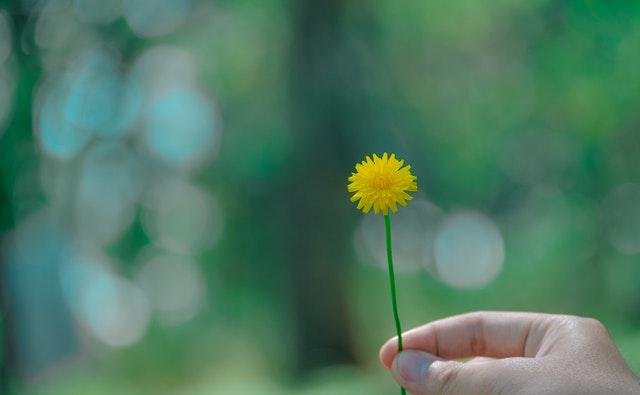The aesthetic experience (rasa), which the Kashmiri masters describe as a real training for the yogic or religious experience, is much more than a temporary enjoyment. It is there to create a gap, a discontinuity in ordinary experience. We could call this space in the middle of our perception an “aesthetic shock.”
When we perceive beauty, it occurs as a feeling of awe and uncertainty. The same happens in yogic experience: they are twin experiences (sahōdara, “in the belly together”) in the view of the medieval Trika school.
As Abhinavagupta says, there are three outcomes of rasa which we experience in the body through our yoga practice: druti (fluidity, melting down), vistāra (enlargement), vikāsa (unfolding, expansion, joy). They add up to a general expansion of our inner stiffness.
Rasa is not only an enjoyment, it helps to sweep aside the thick clouds obscuring our lives. We are “cloudy.” We become dense because of the blocks, contractions, and physical and psychical knots built up as a result of everyday pressure. Beauty breaks down the continuity of the ordinary tightness of our lives.
In the lover of art as well as in the yogi, aesthetic experience (rasāsvada) and religious or yogic experience (brahmāsvada) foster a tasting, conscious wonder (carvaṇā or camātkara) made of careful, joyful attention. Rasa is this intensification; it removes obstructions and everything becomes fluid, widening, expansive (vitatā). The yogi and the lover of art forget their habitual shape and status and step into the taste of stillness, almost dissolving themselves and becoming open spaciousness. And they rest in this openness, they rest in themselves (atmaviśranti).
They create a “resonance with the heart” (hṛdayasaṃvāda), a deep and subtle connection with their inner sensitivity and outer reality at the same time. The yogi is a rasika: not only wakeful and sensitive, but “aesthetically sensitive” (sahṛdaya). Aesthetic sensitivity or awareness is an increased quality of attention, imbued with openness of body and heart.
For Abhinavagupta, this condition – not merely individual, but generalized – is a kind of knowledge in itself, rooted in inner feelings or emotions (bhāva) instead of in the conceptual mind. Medieval advaita yoga speaks about passionate attention, a kind of “hot cognition” instead of the cold cognition of the ordinary mind. Rasa is a way to know through tasting reality (saṃviccarvanā). This full sensorial unfolding is called udyama, the joyful adherence to whatever we perceive in the experience of art or in yoga practice, an open, all-inclusive momentum, not identified with our personal desires or drives. This joyful wakefulness does not want to reach a goal, but simply wishes for what is here, what is occurring moment to moment. It’s a savoring, non-grasping attitude.
When we’re holding onto pleasant feelings at any cost, avoiding the painful ones, we prevent the natural blossoming of beauty (saundarya). We cover the experience with our longings. There’s a lack of vividness (sphuṭatva), and this cloudiness prevents us from entering the yogic experience as well.
In aesthetic experience, the enjoyment of beauty reveals itself in the relationship between the enjoyer (the subject of the experience) and the enjoyable (the object of the experience). The yogi has the chance to explore a super-beauty (ati-saundarya), in which subject and object dissolve one into the other, becoming the space of relationship.
In this regard we can look at yoga as a true art. The Sanskrit root ar– involves the meanings of moving, combining, bringing together and disclosing the right proportion among different things. Advaita yoga is this harmonious action – fair, correct, lovely. The beautiful order performed by the artist or the dancer (nāṛtaka) on the stage is the same beautiful order performed by Siva naṭa-rāja, the Lord of the Dance, who makes the world – and by the yogi in the creation of āsana.
_____
Gioia Lussana is a yoga and meditation teacher and has a PhD in Indian Religion and Philosophy. For thirty years she has been practicing buddhist vipassanā meditation. She has also practiced qi gong according to Li Xiao Ming’s taoist tradition. Her main interest focuseson connecting her yoga teaching with the nondual approach of Kashmir Shaivism, with special emphasis on its energetic dynamics. Her workshops combine the inner feeling of body-mind yogic experience with a deep exploration of its theoretical background. Her recent book, La Dea che scorre. La matrice femminile dello yoga tantrico (Om Edizioni) inquires into the origins of Hindu tantrism.












